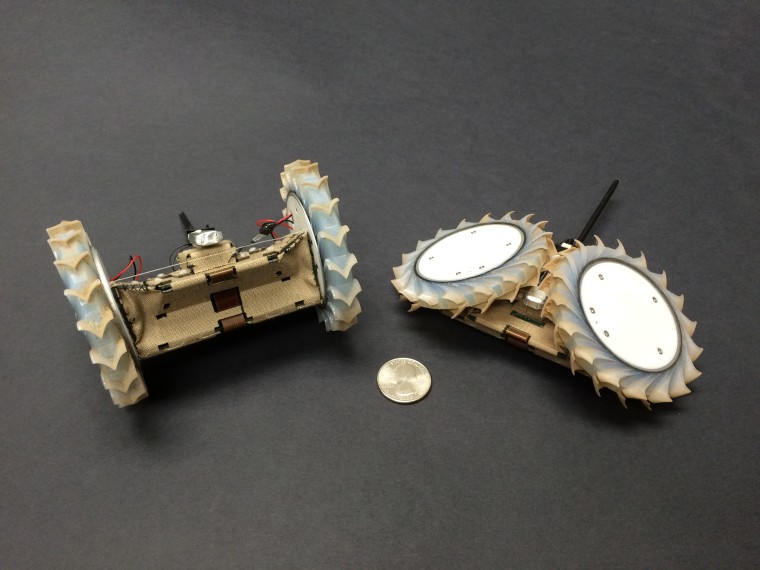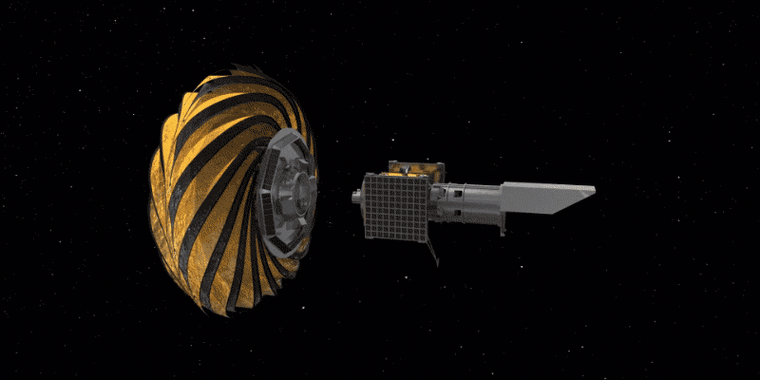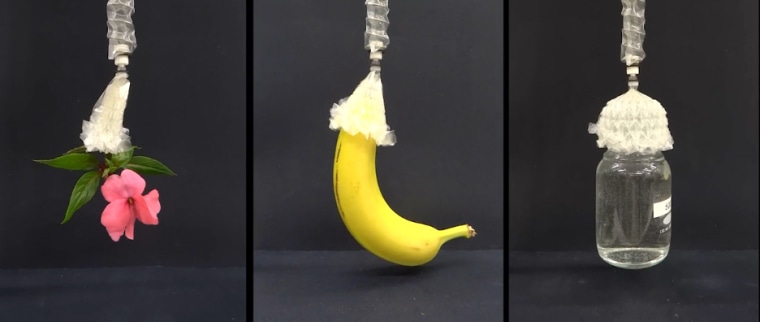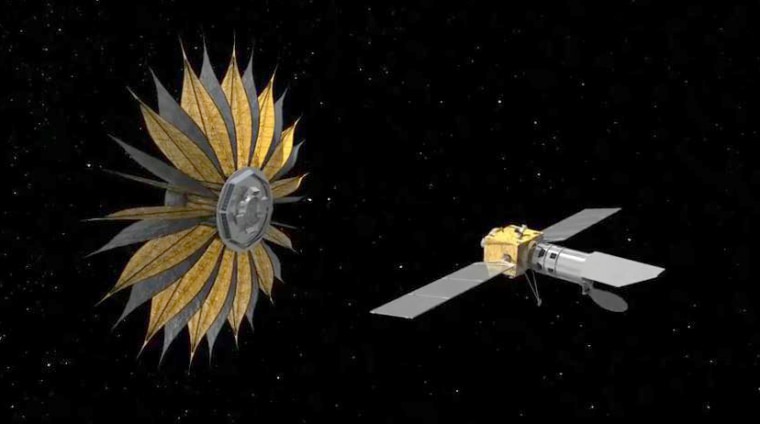Origami might seem like an unlikely source of inspiration for scientists and engineers, yet the centuries-old Japanese art of paper folding is behind all sorts of new innovations. That’s because origami’s subtle beauty arises from powerful mathematical principles that work just as well in the world of metal and plastic as in paper.
“We can draw on ideas, structures and mechanisms that already exist in the world of origami,” says Robert Lang, a former NASA physicist and a consultant with expertise in origami. “But we can also use mathematical tools that describe the folding that allows us to design artistic origami to create new folding structures that specifically solve technological problems.”
With origami, it’s possible to create large structures that fold up for transportation or for squeezing into tiny spaces. And the intricate folding patterns can be used to make complex mechanical systems with movements that can be controlled by a single motor.
Here are six new devices inspired by origami:
Deep-sea grabber
Harvard University roboticist Robert Wood recently used origami to design a grabber for catching delicate deep-sea creatures. The device’s five arms feature interconnected pentagons and triangles that fold to form a 12-sided container used to trap soft-bodied marine animals like jellyfish and octopuses without harming them.

The grabber, which can be attached to a robotic submarine, folds its arms with help from a single motor. That’s important because fewer components means there are fewer things to fail in the deep ocean environment. “Simplicity is key,” says Wood. “You don’t want any overly complicated mechanisms when you’re dealing with such a harsh environment.”
Bulletproof shield
Conventional bulletproof shields used by police can weigh 90 pounds or more and provide protection for one person only. But a team of engineers at Brigham Young University used origami to design a 55-pound shield that is wide enough to protect several people and yet can be folded into a shape that fits easily into the trunk of a car.

The specific folding pattern that inspired the design dates back nearly 100 years, says Larry Howell, a professor of mechanical engineering at the university and the team’s leader. But it took tweaks to get the thick bulletproof fabric to fold like paper. The engineers sewed rigid panels into the fabric, and the soft areas in between plates act like hinges.
Planetary explorer
Space is at a premium in spacecraft. So Jaakko Karras, an engineer at NASA’s Jet Propulsion Laboratory, built a simple wheeled planetary rover from folded-up circuit boards — which provide both the structure of the robot and its control system.

The rover’s wheels are designed to fold up tight for spaceflight and then swing back into place when the spacecraft reaches its destination. If the robot encounters a tight space while motoring along on some distant planet, it can fold its wheels again to squeeze through.
Karras thinks several of the small, highly maneuverable rovers could replace, or be used alongside, the bigger, more expensive rovers that NASA has relied on in recent years. “We can pursue a new paradigm of a swarm of small rovers rather than a single, high-value large one,” he says.
Karras is now developing software to control such swarms with the hope that they will fly on future NASA missions.
Tiny ingestible robots
What if you could swallow a robot that could move about inside your body to perform simple surgical procedures? Such a scenario might be closer to reality than you might imagine, now that researchers at MIT have created an origami-inspired bot that folds small enough to fit in a pill; once inside the body, it’s designed to unfurl and steer its way through the gut with help from external magnets.
The researchers successfully tested the bot’s ability to remove a battery from a realistic mockup of a stomach. But Daniela Rus, the leader of the group that created the little bot, told Forbes last year that it might take six years to do the animal and human testing needed to perfect the device.
Star shade
It’s notoriously difficult to observe exoplanets because the stars they orbit put out so much light — it’s a bit like trying to see a speck of dust floating near a light bulb. So engineers at the Jet Propulsion Lab are developing a giant flower-shaped shade designed for use with space telescopes. The shade would fold up during launch and then unfurl in space before being positioned in front of an orbiting space telescope to block starlight and permit detailed observations of exoplanets.

“It's an incredibly precisely sculpted shape,” Lang says of the shade. “And the whole thing, when it’s opened out, needs to achieve incredibly high precision in its positioning.”
The engineers took their design cues from an origami pattern called a “flasher” that lets a large sheet collapse into a tightly packed cylinder. Prototypes of the shade are now being tested at Princeton University by researchers who are partnering with NASA on the project.
Artificial muscles
Conventional robots have rigid bodies and move jerkily or in other ways that can cause injury to nearby humans, so researchers have been working to develop “soft” robots. Woods’ team at Harvard has used origami to create soft artificial muscles that could power such bots.

The muscles are made of folded “skeletons” encased within fluid-filled sacs. When a vacuum is applied to the sacs, the skeletons collapse in a predictable way — allowing the muscle to contract much like a real muscle.
The artificial muscles are still in an early stage of development, but testing has shown that they can lift up to 1,000 times their own weight.

